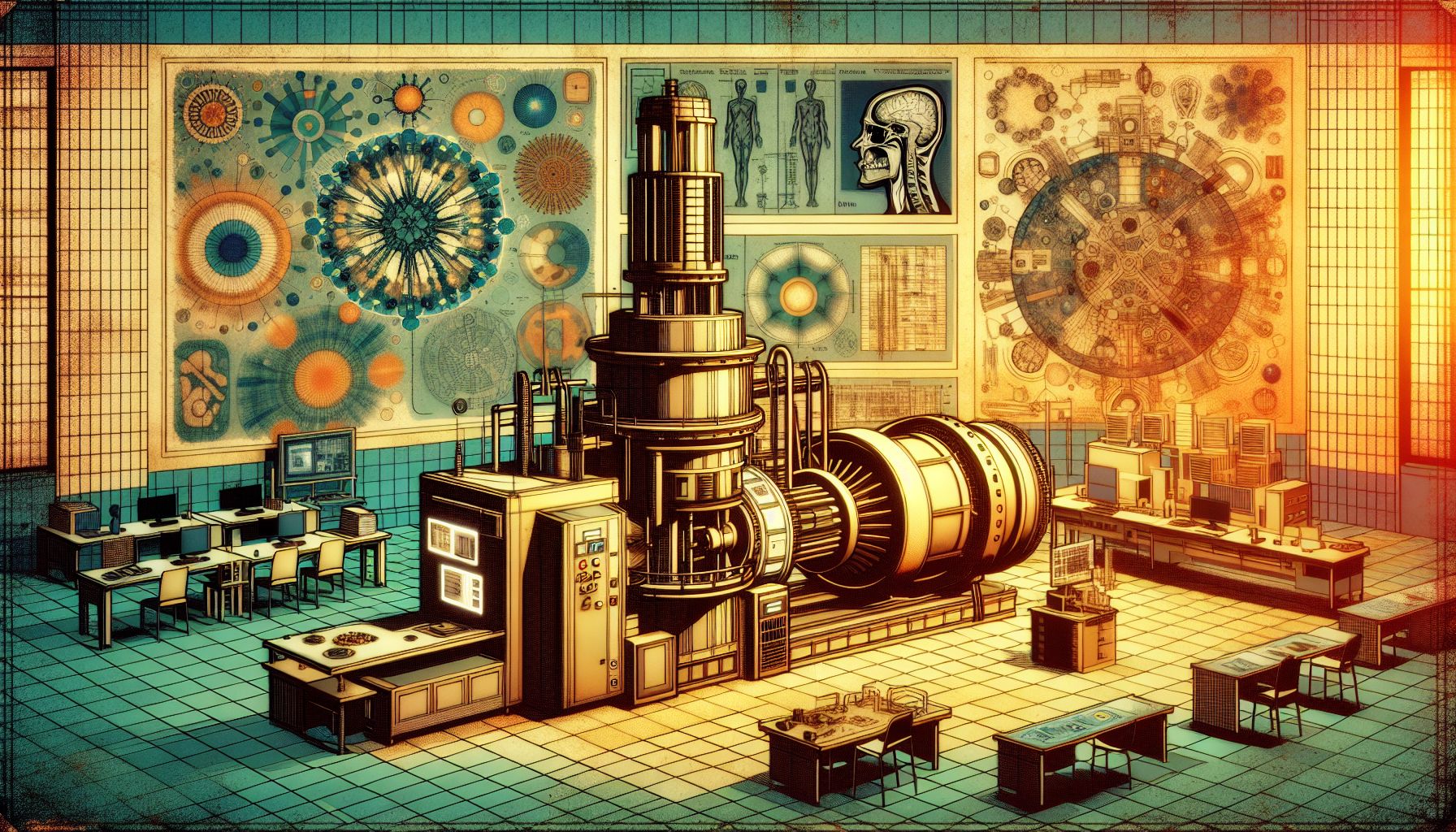TU/e Develops Compact X-ray Machine Advancing Art and Science

Eindhoven, Friday, 3 January 2025.
Eindhoven University of Technology’s new compact X-ray machine enhances imaging for art and science, offering high resolution and tunable X-rays in a practical size for diverse applications.
Breakthrough in Compact X-ray Technology
In September 2024, researchers at Eindhoven University of Technology (TU/e) achieved a significant breakthrough with their compact hard X-ray machine [1]. Led by Professor Jom Luiten and Peter Mutsaers, the team successfully developed a device measuring just 1.5 by 3 meters that can generate high-quality, tunable hard X-rays [1]. This innovation represents a middle ground between traditional X-ray tubes and massive synchrotron facilities, with particles traveling at an impressive 99.995% of the speed of light [1].
Revolutionary Applications in Art Analysis
The new X-ray machine offers groundbreaking possibilities for art analysis and conservation. Working with art historian Joris Dik, known for uncovering hidden layers in paintings by masters like Van Gogh, Rembrandt, and Magritte, the technology promises unprecedented insights into artistic heritage [1]. Unlike current methods that rely on either weak X-ray tubes or massive synchrotron facilities like the European Synchrotron Radiation Facility in Grenoble, this compact solution could be installed directly in museums [1].
Versatile Applications Beyond Art
The machine’s versatility extends well beyond art analysis. According to Professor Luiten, the device’s ability to accurately adjust X-ray energy makes it suitable for examining silicon wafers and biological materials without causing damage [1]. The technology enables researchers to visualize any element from the periodic table, opening up possibilities for applications in semiconductor research and medical studies, including research on atherosclerosis and lung tissue [1].
Future Development and Collaboration
While the current prototype marks a significant milestone, the research team is already working on improvements. Future developments will focus on increasing the intensity and focus of both the laser and electron beam [1]. The project, part of the Smart*Light 2.0 research consortium, involves collaboration with partners from TU Delft, Antwerp, and Ghent universities [1]. The team’s next goal is to demonstrate a proof of concept by examining a painting with this innovative X-ray source [1].

